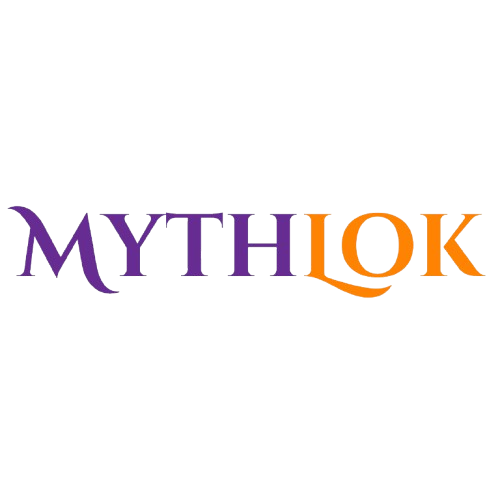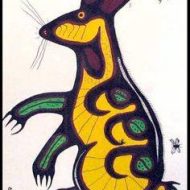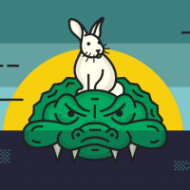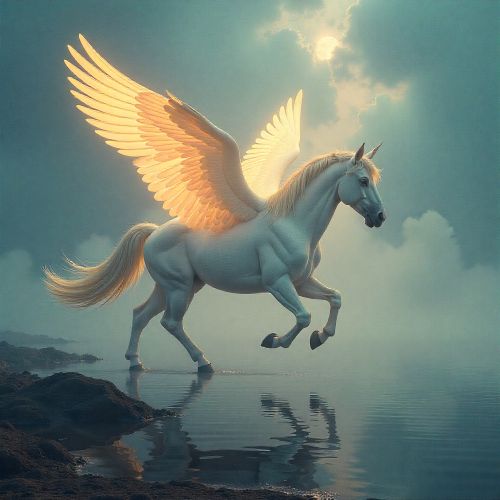Jistu : The Trickster Rabbit
Listen
At a glance
| Description | |
|---|---|
| Origin | Cherokee Mythology |
| Classification | Animals |
| Family Members | N/A |
| Region | United States of America |
| Associated With | Manipulation, Deception |
Jistu
Introduction
In many Southeast Native American tribes like the Cherokee, the Rabbit is regarded as a trickster. Although he doesn’t usually do anything serious, he is prone to making inappropriate gestures and performing various other inappropriate behaviours. In some folklore, the Rabbit or Jistu is said to have stolen fire and brought it to the tribesmen.
He is also frequently associated with the abilities and characteristics of other animals in the folklore and most of the stories are about the deceptive nature of Jistu which almost always ends in misfortune for one of the people involved. The tales of Jistu the trickster rabbit are often used to explain many natural phenomenon associated with the wildlife of the region.
Physical Traits
The Jistu is a regular rabbit in all ways that is commonly found in the region. What is markedly different is that the natural tendency of the Jistu is to trick and deceive his fellow animals.
Family
There is no mention of Jistu’s family in the many accounts in Cherokee folklore.
Other Names
The Jistu is also referred to as Jisdu, Tsisdu, Chisdu, Tsistu, Cokfi, Chokfi, Chukfi, Cufe, Chufi, Tcetkana and Chetkana depending on the area or the tribe.
Powers and Abilities
The Jistu is a master manipulator and many stories that are associated with him showcase his ability to get his way using pure guile and the skills of deception. He is credited with the nakedness of an opossum’s tail, the horns of the deer, stealing the otter’s coat, challenging ducks to a flying contest, stealing the mountain lions teeth and killing the man eating monster.
In most stories however, Jistu does not emerge as a winner and only manages to get more and more blemished in the eyes of other animals.
Modern Day Influence
Stories of the Jistu are still very much in circulation even today among the Cherokee tribe. These stories are used to develop a moral compass among the kids and as an example of how a deceitful life does not reward. There have been adaptations of these stories in various forms of Native American oriented literature and educational stories as well.
Related Images
Frequently Asked Questions
Who is Jistu in Cherokee mythology?
Jistu is a trickster character in Cherokee mythology, often depicted as a rabbit. He embodies cleverness and cunning, using his wits to navigate challenges and outsmart larger, more powerful animals. His stories serve as moral lessons about intelligence, resilience, and the complexities of human nature.
What are the key characteristics of Jistu?
What lessons do Jistu's stories teach?
Jistu’s stories impart valuable lessons about the importance of cleverness over brute strength. They highlight themes of resilience, adaptability, and the consequences of one’s actions. Through his adventures, listeners learn about the significance of using intelligence to overcome obstacles and navigate the complexities of life.
How does Jistu compare to other trickster figures in mythology?
Jistu shares similarities with other trickster figures, such as Br’er Rabbit in African American folklore and Coyote in Native American traditions. All these characters use wit and cunning to outsmart adversaries, embodying the universal theme of the trickster as a challenger of norms and a facilitator of change. They often reflect cultural values and serve to teach important life lessons.
Why is Jistu significant in Cherokee culture?
Jistu holds a special place in Cherokee culture as a symbol of cleverness and adaptability. His stories are integral to oral traditions, helping to preserve cultural heritage and impart wisdom to younger generations. Jistu’s character embodies the values of resourcefulness and resilience, which are essential to the Cherokee worldview and connection to nature.









